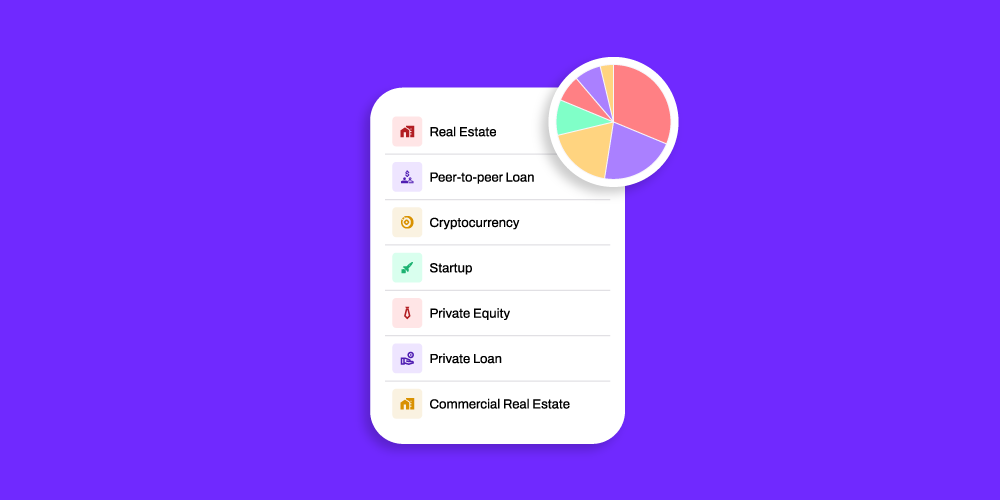How to Maximize Your Retirement Savings with a Self-Directed Solo 401(k)
If you’re self-employed, you understand both the freedom and responsibility that come with running your own business. You may also be eligible to...
Investing in bonds probably won’t make your retirement portfolio grow at the same rate as an early-stage investment in the next big public tech company, but putting a portion of your tax-deferred retirement savings into bonds still offers many benefits.
Bonds are an important aspect of any well-constructed and diversified portfolio because they provide safe haven and stability for your money. Let’s take a closer look at the benefits of investing in bonds, how bonds work, and the different types of bonds from which to choose.
What is a Bond?
Bonds are fixed-income financial instruments issued by corporations, municipalities, counties, states and sovereign governments to investors. These entities use bonds to raise funds for a wide range of large publicly owned infrastructure projects, including:
Municipal bonds also can be used to partially finance privately-owned projects, such as the $645 million in bonds issued by Clark County, Nevada in 2018 to help fund the new $1.8 billion stadium in Las Vegas where the Raiders and University of Las Vegas will play football.
According to the Council of Development Finance Agencies Built By Bonds report, more than 50,000 U.S. states and local governments issued tax-exempt bonds to finance about 75 percent of all U.S. infrastructure projects. These bonds represent a $3 trillion industry.
How Do Bonds Work?
When corporations, government entities or municipalities issue bonds, investors become creditors or debtholders of the issuer. Bonds are basically an IOU – investors lend money to the issuer for a fixed period of time and get regular interest payments over the term of the bond. This interest rate is also called a coupon and is typically paid in annual or monthly installments. Interest rates are usually higher with longer-term bonds. When bonds reach their maturity date, the issuer is responsible for repaying the original principal amount.
The main difference between bonds and stocks is that bonds are a form of debt while stocks give investors equity ownership. Like stocks, though, bonds can be traded at either a premium (higher than the original value) or a discount (lower than face value).
Types of Bonds
International or foreign bonds
So what’s the best types of bond to invest in? That mostly depends upon your tax bracket – investors seeking shelter from high tax burden may want to invest in low-yield municipal bonds that offer tax-exempt interest payments. And of course, treasury bonds backed by the federal government are perhaps the safest investments you’ll ever make. With corporate bonds, investors with little appetite for risk typically seek companies with strong balance sheets and high ratings from credit rating agencies such as Moody’s or Standard and Poor’s. Junk bonds, meanwhile, offer investors higher potential returns but also carry the greatest risk of default by the issuer.
Benefits of Investing in Bonds
Bonds are considered a safe haven for investors for many reasons. They don’t suffer as much from market volatility like publicly traded stocks, and they also can be liquid investments since they usually can be traded or sold. Bonds backed by the federal government are a risk-free investment, and the periodic interest payments can be especially important to fixed-income retirement investors.
Bonds are Important for Any Diversified Retirement Portfolio
Bonds are important tool savvy investors use to shelter their portfolios from market volatility – a well-crafted portfolio that includes a mix of stocks, bonds, and alternative investments can reduce the negative impacts of cyclical market downturns. Rocket Dollar investors can use their tax-deferred savings to purchase many different types of bonds that diversify the asset mix in their Solo 401(k)s or Self-Directed IRAs. Call us today to learn more about how to invest in bonds through your Rocket Dollar account.


If you’re self-employed, you understand both the freedom and responsibility that come with running your own business. You may also be eligible to...

In today’s investing landscape, many individuals are asking the question: What are the benefits of investing in alternative assets? As traditional...

Alternative asset investment is no longer reserved for hedge funds and institutional players. Thanks to platforms like Rocket Dollar, everyday...

Portfolio diversification is crucial to withstanding bear markets. Rocket Dollar investors who want to diversify their tax-deferred investment assets...
.png)
Exchange-traded products allow retirement investors to pool their retirement dollars into funds that track a wide range of financial products and...

As the investing landscape continues to evolve, staying ahead of the curve is crucial for taking advantage of new opportunities and securing your...